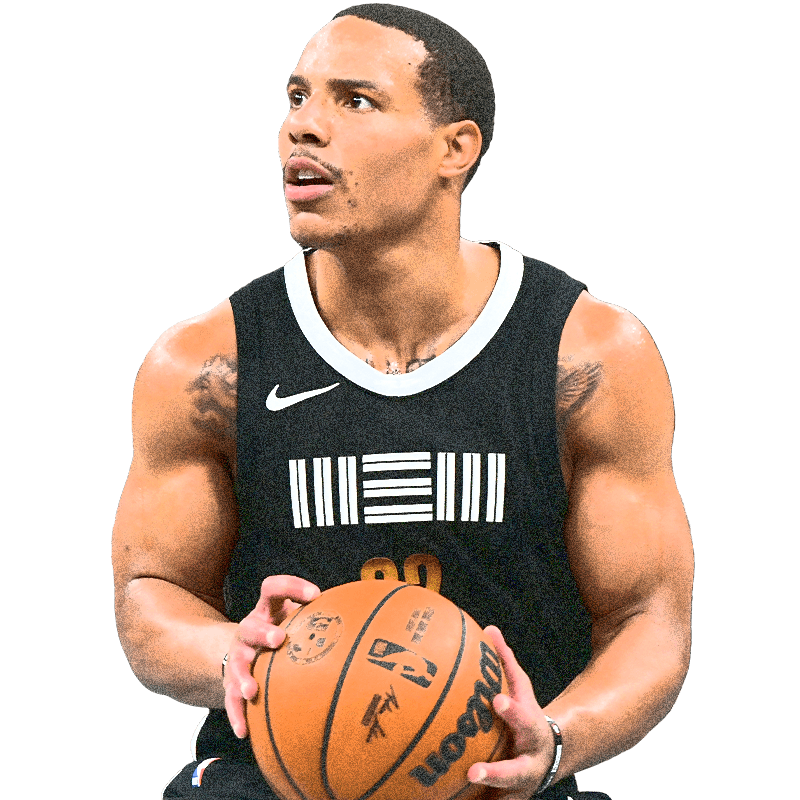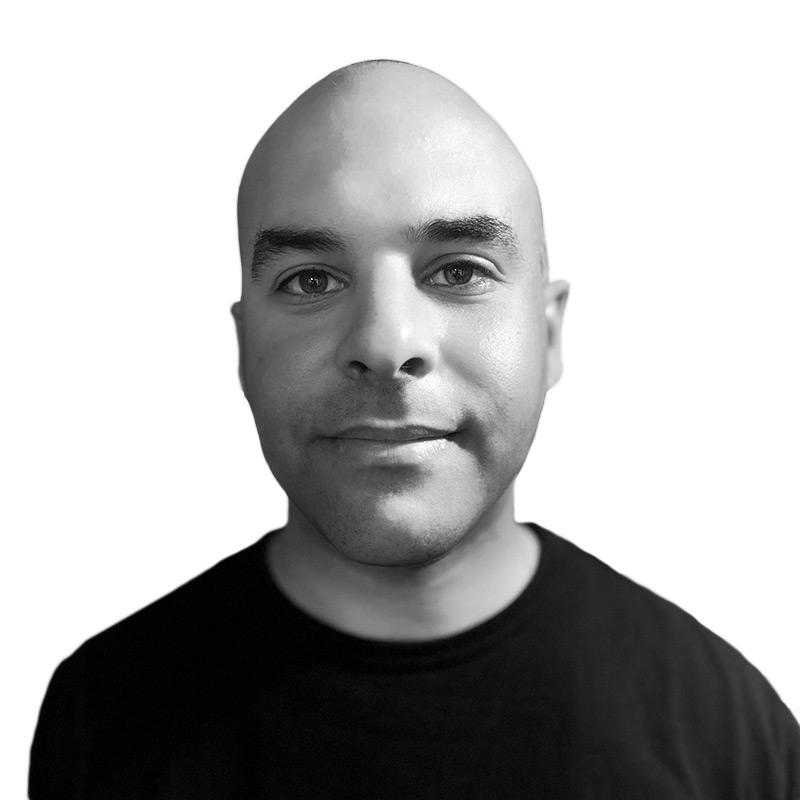It feels sacrilegious to break down a trade during an NBA Finals that’s tied 2-2, but what happened Sunday morning can’t be ignored: The Memphis Grizzlies sent Desmond Bane to the Orlando Magic for Kentavious Caldwell-Pope, Cole Anthony, four first-round picks, and a pick swap. There’s a lot to unpack here. It’s a franchise-altering transaction that should thrill both organizations.
Two days ago, the Grizzlies were a stagnant team heading in the wrong direction. Today, they have more tradable unprotected first-round picks (six) than any team except the Utah Jazz (also six) and Brooklyn Nets (10). That flexibility creates myriad options, including a roster reset around Ja Morant and Jaren Jackson Jr. that allows them to stay competitive in the short term—with KCP as an older version of Jaylen Wells—and delivers a more promising long-term outlook.
One of the picks Memphis received will likely come from the Phoenix Suns in 2026. That may be pure gold, but, before Kevin Durant gets traded, it’s impossible to know exactly what Phoenix will look like next year. The Grizzlies are not the San Antonio Spurs, Houston Rockets, or Miami Heat—the three teams Durant is reportedly willing to sign an extension with—which doesn’t necessarily rule them out but more likely means that they’d be involved as a third team with an asset Phoenix desperately wants.
But enough throat clearing. My first reaction to and biggest takeaway from this trade didn’t center on Memphis’s next move or how many picks Orlando gave up to get someone who’s never made an All-Star team. My first thought was, in a nutshell, that the Magic can now realistically win the East. Some of this is thanks to the turbulent state of the conference they exist in—with apologies to the undeniably awesome Indiana Pacers, there is no clear favorite—but most of my optimism is baked into how fantastically Bane fits in on a young, improving roster that was so desperate for everything he provides.
Coming off an injury-plagued season in which Paolo Banchero, Franz Wagner, and Jalen Suggs played a grand total of 97 minutes together, the Magic were not your typical 7-seed. They were ravaged by injuries and, even when relatively healthy, had no reliable outside shooting or secondary playmaker who could diversify their playbook. Enter Bane, a career 41 percent 3-point shooter who averaged 5.4 assists per game over the past two seasons.
Steph Curry was the only player last season who finished with a higher percentage of catch-and-shoot jumpers off movement, per Sportradar. Bane is just as lethal pulling up off a ball screen or manufacturing his own look with a stepback—critical skills that were absent from the Magic offense, which finished dead last in 3-point accuracy (whether spotting up or off the bounce) last season.
Bane also gives a boost in transition for the team, which has spent the past four years completely incapable of capitalizing in the open floor after grabbing a rebound. His offensive repertoire improves every year, whether he’s developing his left hand, reading coverages in a pick-and-roll, or finishing at the basket.
Bane has also established himself as a plus defender on several stingy units that look even better when you adjust for 3-point luck and remove Morant from the equation. That really matters in Orlando. Physical, aggressive, turnover-forcing havoc should still be their calling card; maintaining it at a top-three level with an offensive attack that bumps up to league average or even slightly above could yield a ton of regular-season wins. Bane is sturdy enough to switch on just about any position without needing dramatic help that can compromise other areas of the floor, and he does a sound job of trailing shooters around off-ball screens. He’s also pretty good on the glass, finishing in the 96th percentile among all wings in defensive rebound rate last year. Altogether, he works in just about any context.
Over the past four years, Memphis’s lineups with Bane and no Morant have posted the same offensive rating as lineups featuring Morant without Bane. Now, as the third option behind Banchero and Wagner—brute, agile, budding stars who can score in a variety of ways but are desperate for wider driving lanes and savvier initiators to help make them more efficient—he’s entering an ideal complementary role. According to BBall Index, Banchero, Wagner, and Suggs all finished in the first or second percentile in teammate off-ball gravity last year—a metric that captures “the average attention teammates of a player command from the defense while off the ball.” It’s a testament to how cramped Orlando’s floor was regardless of the lineup combinations Jamahl Mosley scrambled together.
Banchero and Wagner are the cornerstones. After a postseason flameout that saw the Magic’s 27th-ranked regular-season offense flounder even more in their first-round loss against the Boston Celtics, the front office and coaching staff had to maximize their strengths and buttress their weaknesses. That essentially boils down to getting the two best players easier shots—i.e., fewer midrange jumpers (particularly for Banchero), clearer looks at the rim, and more standstill 3s. Bane can be a remedy, whether he’s moving on the weak side, handling the ball in a pick-and-roll, or setting an inverted screen:
He should space the floor, accelerate the tempo, and loosen up defenses that have been happy to pack the paint, help off non-shooters, and force Orlando’s ball handlers to play in a crowd. According to Sportradar, Banchero was double-teamed on 26.8 percent of his post-ups last season, which ranked in the 81st percentile:
Both his and Wagner’s drives were often an escalator to nowhere, stonewalled by early rotations and aggressive gap help from defenses that dared them to kick it out—knowing that they’d rather shoot. (Wagner and Banchero both finished last season ranked fairly low in the percentage of their drives that ended with a pass, among players who averaged at least 10 drives per game.)
Even with Bane on board, this roster still has a bunch of question marks. Can Banchero make quicker decisions with the ball, achieve a positive impact without it, and generally take tangible strides toward resembling an MVP candidate? Will Wagner become a league-average 3-point shooter? Can Suggs, Jonathan Isaac, Mo Wagner, and basically everyone else (including Bane) stay healthy? What type of improvement will Anthony Black and Tristan da Silva display? Is there any way to add more shooting, particularly at the 5? (Brook Lopez or Al Horford would be perfect short-term solutions, although both are probably too expensive.)
Four unprotected first-round picks and a pick swap sounds like a lot to give up—and it is! I eviscerated the New York Knicks when they gave up five first-round picks for Mikal Bridges (before knowing that they would trade for Karl-Anthony Towns). The two situations are comparable on the surface, but, as always, context matters.
For a very expensive team that’s built around two young All-NBA-caliber forwards who haven’t yet hit their prime, grabbing a top-50 player who will turn 27 later this month, accentuates everything around him, and is under contract at a satisfactory value through 2029 makes sense. (Also, in my opinion, Bane is better than Bridges.)
Unless something goes very wrong, Orlando’s first-round picks in 2028 and 2030 won’t be in the lottery, and the pick in this year’s draft that they sent out is no. 16. (The Magic still own the 25th pick, courtesy of the Denver Nuggets.) Getting off the contracts owed to Caldwell-Pope and Anthony would’ve been easier if they had produced a bit more, but in that world, the Magic wouldn’t even be super motivated to move on.
Yes, a 50-win season in 2025-26 would have been conceivable without this trade. The Magic probably could’ve surrendered fewer assets for someone like Anfernee Simons and been marginally better on offense while taking a more-than-marginal hit on the other end. How many playoff games would that group win, though? Would the spacing have been that much better, and could someone like Simons actually ease the on-ball burden Banchero and Wagner feel in big games?
Bane is good enough to raise Orlando’s ceiling without taking anything off the table. His best-case scenario season is an All-Star berth and highly efficient averages of 20-plus points, five assists, and five rebounds per game. In the most likely scenario, he’ll be a potent two-way player who helps accelerate everyone else’s development while thriving in a winning situation. He’s a smart, selfless, steady pro who’s about to enter his prime.
In a conference that’s essentially up for grabs, one of the most cautious franchises in the league made a massive bet that’s less about Bane and more about everyone else who’s already on the roster. They’re deep into the tax, nearly out of tradable first-round picks, and, in 2027, may have almost 80 percent of their cap space filled by three players. (Banchero has not yet signed his max extension, but if he makes an All-NBA team this season, it’ll be worth 30 percent of the cap, which could very well bump them past the second apron.) But if you believe in this core, a swing for the fences doesn’t feel like a risk. It’s closer to something the Magic had to do. A couple of years from now, it may even prove to be essential.



